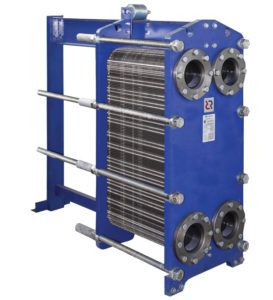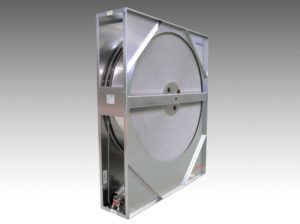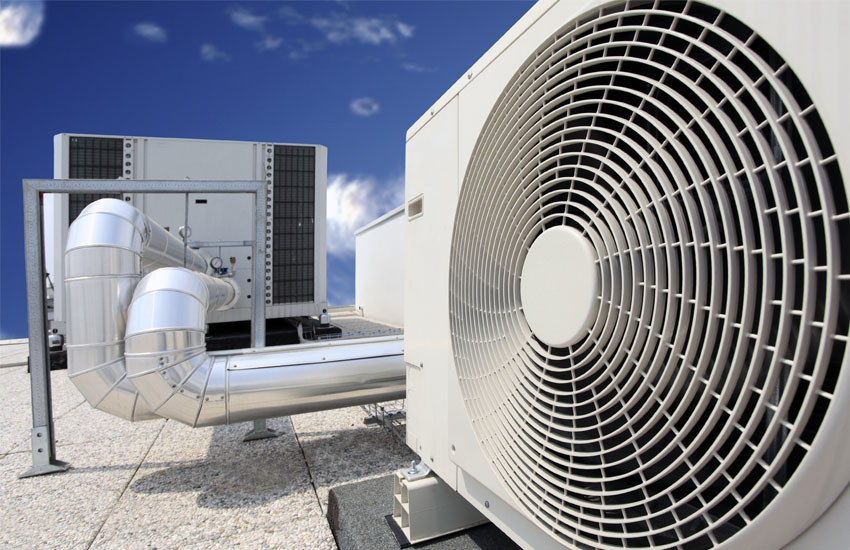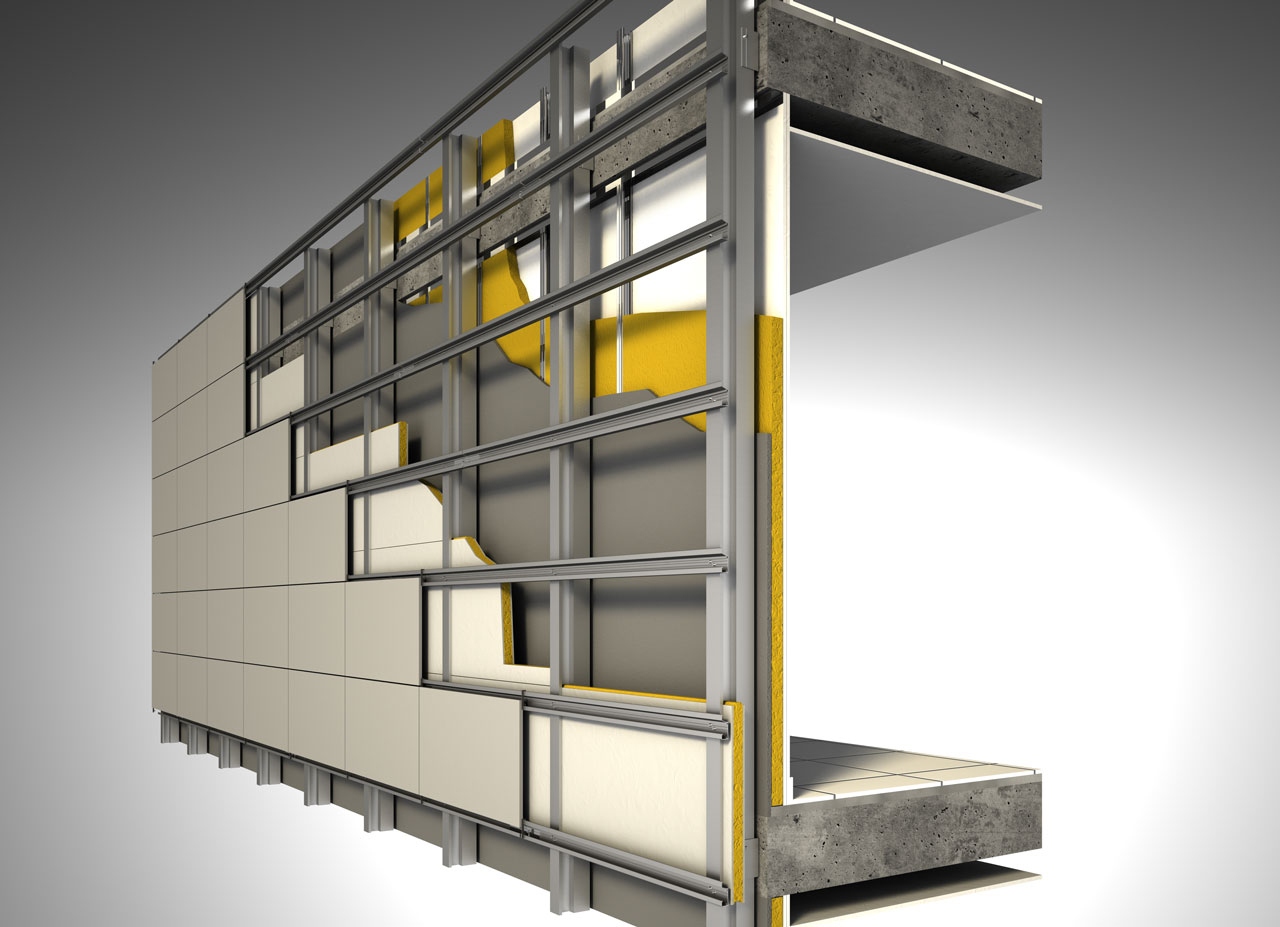The efficiency of the individual heating system in a private house can be significantly increased if a fairly high (up to 3000C) the temperature of the flue gases that are released during the combustion of any type of fuel.
This is precisely the goal of recuperation (from the Latin word recuperatio). This term is understood as the preservation, return back of a part of the thermal energy that has already been spent on the combustion of gas, coal, pellets, etc.
Recuperation is widely used in technology: in the metallurgical industry, in heating furnaces, on mainline electric transport. It is no less useful to use it in everyday life. So, what is a recuperator - a unit that in practice increases the efficiency of heating equipment in a private house?
A little about the principle of heat recovery
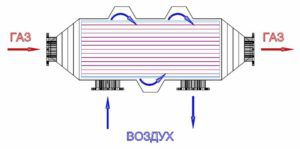
For fuel combustion, clean air is needed: its lack, and - especially in the cold season - low initial temperatures significantly increase the fuel consumption values that are required for its stable combustion. If we arrange so that the flow of incoming air and exhaust flue gases is separated by a wall made of material with good thermal conductivity, then a significant part of the outgoing heat will give up its thermal energy to the supplied air. The described process is air recuperation, respectively, the device that implements it is called a recuperator.
Heat recovery is carried out in the following sequence. Cold clean air (with a decrease in the outside temperature, the recuperation occurs more intensively) is sucked in through the ventilation holes in the heating system of a private house and enters the heat exchanger, the body of which can be made of any material with good thermal conductivity. In the opposite direction (opposite or cross), flue gases discharged by the boiler or stove smoke exhauster move along the adjacent air duct. In the process of moving, in accordance with the rules of heat exchange, up to 80% of thermal energy is removed from warm air by cold air, after which it is sent to the heating equipment of a private house. The flue gases that have given off their heat are thrown out.
By the way, even after recuperation, the temperature of the discharged combustion products is quite high (up to 80 ... 1000C), in this connection, their reuse is not excluded, for example, for heating a bath, garage and other auxiliary premises of a private household.
Recuperator in a private house - luxury or necessity
Recovery of clean air is a controlled thermophysical process. Its intensity can be increased due to the following factors:
- the use of materials that have an increased value of the heat transfer coefficient (for example, heat-resistant steel, mineral ceramics);
- increasing the surface area of the heat exchange;
- lengthening the recuperator itself;
- improving the quality of manufacturing and installation of the recuperator, in which air leaks from one part of the recuperator to another would be excluded.
Air recovery in the heating system is, strictly speaking, optional. But, taking into account the actual components of the heat balance of a private house, when up to 30% of the heat energy leaves the house through the existing cracks and leaks, and up to 15% of the heat is thrown into the smoke exhaust devices,the existing recuperator for the apartment will allow its owners to significantly save on heating. Considering that the heating season in our country lasts six months or more, the financial benefits are obvious.
It is better if an air recuperator for ventilation of the apartment is provided even at the stage of construction of a private house, when the supply and exhaust ventilation system is being developed.
Where to install the recuperator
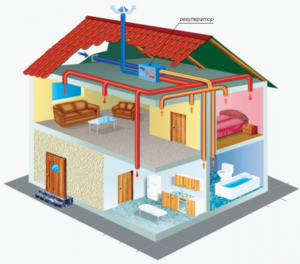
Since the dimensions of the heat exchanger should not interfere with the functioning of the heating system, it is usually placed in the attic of the house. There the recuperator is an ordinary ceramic, steel or brick parallelepiped, equipped with a corresponding number of smoke and air pipes. In this case, the heated air enters the heating unit, and the exhaust air is thrown out through the deflector.
A recuperator for home not only increases the efficiency of heating equipment, but also allows you to adjust the relative humidity of clean air in all rooms. This is due to the fact that recuperation is always accompanied by heat exchange between combustion gases and fresh air, and, therefore, moisture constantly forms on the walls of the heat exchanger. Through porous surfaces, it communicates with the supply air. Thus, with the current heating, the air humidity inside the premises does not decrease, which has a beneficial effect on the climatic parameters and the health of residents, the condition of indoor plants, etc.
Industrial designs of recuperators are more compact, and therefore can be installed in other technical rooms of a house / apartment.
Household recuperator structures
An air recuperator for an apartment and / or house is a structurally simple, but very important unit of the ventilation system, therefore, a number of mandatory consumer requirements are imposed on it:
- compactness;
- safety at work;
- heat resistance;
- ease of installation, routine maintenance and repair.
- stability of functioning.
Serially produced air recuperators for ventilation are divided into the following types:
- rotor-type steel, in which heat exchange occurs due to the continuous rotation of an aluminum rotor located inside the body. The rotation speed (and, consequently, the rate of recuperation) can be controlled by changing the speed of such rotation.
- steel plate type, with a heat exchanger, which uses removable cellulose cassettes: this ensures the control of the humidity indicators in the premises.
- made of refractory shaped bricks (or ceramics): with increased dimensions, they are distinguished by high stability of the heat exchange process, therefore, they are suitable for use at high temperatures of flue gases.
- steel tubular: they are distinguished by increased bulkiness, but they function well in the conditions of complex supply and exhaust ventilation systems of two- and three-story private houses.
The recuperator - both for the ventilation system of a private house and for heating the air - can be made by hand. The easiest way is to make a plate recuperator, while aluminum is used as the plate material (at flue gas temperatures up to 3000C) or steel grades 12XM or 15MX, the heat resistance of which is 550 ... 6000C. Fireclay is used for laying brick recuperators.

